Director – Gints Zilbalodis – 2024 – Belgium, France, Latvia – Cert. U – 84m
*****
A cat must survive rising water levels as they engulf both the countryside and cities – remarkable, dialogue-free, computer animated feature is out now on 4K UHD, Blu-ray and DVD
Like his earlier Away (2019), Zilbalodis’ new CG animated movie features characters who don’t speak. The central character is a cat, and you’d be forgiven, after years of animated films about cats in which they talk, for expecting the same here, but Zilbalodis isn’t interested in anthropomorphised talking animals. He’s clearly interested in animals, and in characters, but the cat here has been derived from watching and studying cats in real life and their behaviour in the real world. There’s a long history of this in drawn animation, typified by the classic Disney films, where it was all about what you could achieve with a paper and pencil, studying from life, making drawings of characters move.
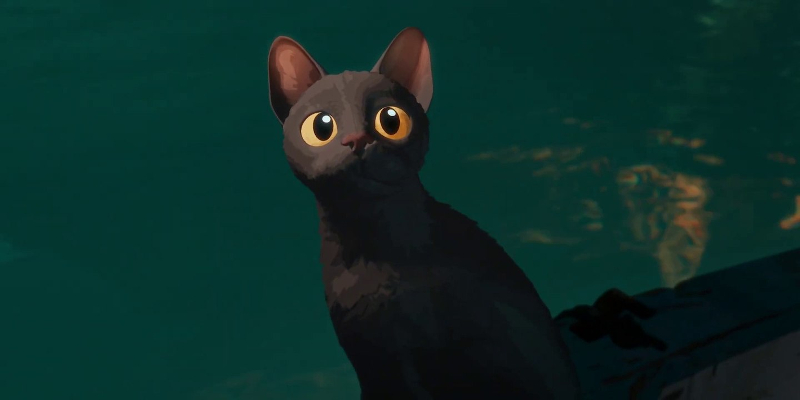
These days, the medium has moved on, and unless one is being purist and working with pencil and paper for the sake of making drawn animation the way it was made roughly a century ago (and there’s nothing whatsoever wrong with doing that), you would use computers as Zilbalodis does. But you feel that he and his team of animators (the credits imply that he has delegated the animation work to a crew of animators rather than doing everything himself as he did in Away) have spent a lot of time studying the cat and other animals here, drawing them, perhaps filming footage of them as reference, to try and understand how they live and move and have their being so as to create equivalents to them on the screen via the wonder of computer animation.
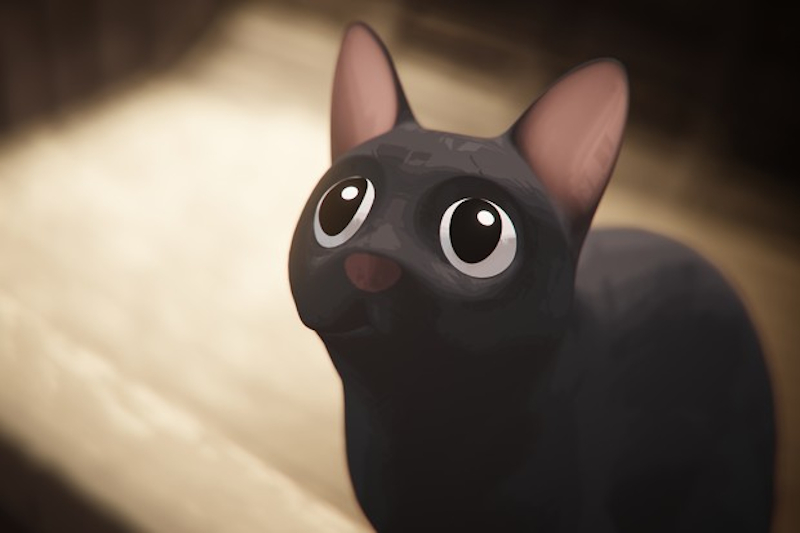
What happens after that involves the friendly dog being cut off from the others, who are on the other side of the flooded river channel, before they somehow find themselves all together in a drifting row boat. The cat, meanwhile, has retreated to the house it knows, where its owner (who we never see) has made numerous sculptures of it in various sizes. The water rises. Slowly, small sculptures are submerged. Then, the various levels of the house, which the cat has previously jumped up to put distance between itself and the dog. Then, there’s just the gigantic statue left, then its head, then the top of its head and upright ears… And then a small sailing boat floats past, and the cat boards…
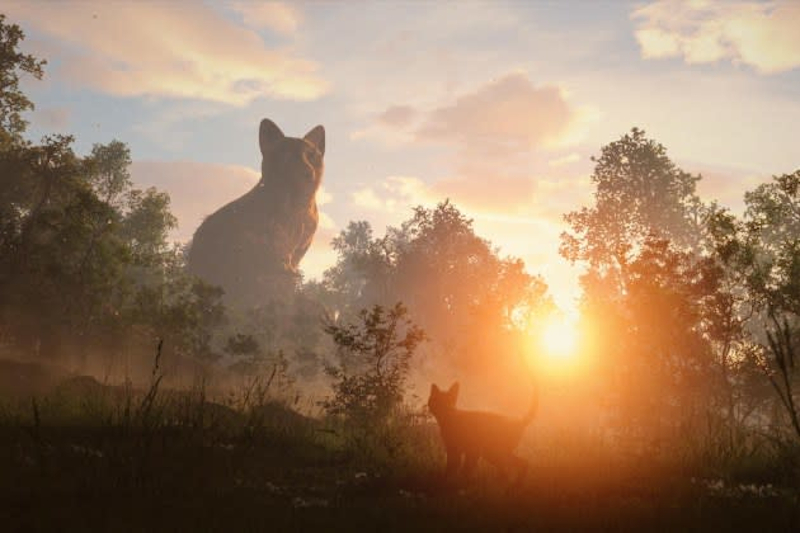
On the boat, the cat will encounter a giant, friendly capybara (a dog-sized rodent found in South America), and later a lemur with a penchant for collecting household items for which it doesn’t know the purpose into a basket to put on board. Later still, the three will be joined by the friendly dog. The cat will periodically fall into the water and find its way back to the boat. It will be dive-bombed and picked up by long-legged birds. It will witness a huge, quasi-prehistoric whale in the waters. It will float through a fabulous town which, with the risen flood water, now appears as a ghost city.
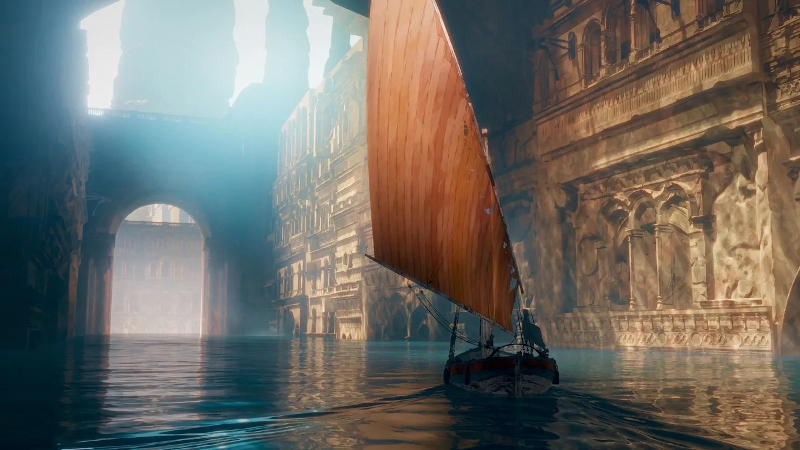
The whole thing serves as a fable about global warming; if (when) we reach the point where the waters rise, how will we react?
However, the artistic medium – the animation – is the thing. Every movement of every animal or group of animals is so cleverly studied, worked out and animated that you frequently feel as if the animation that you#’re watching is not animation at all, but rather live action with numerous pixel artefacts because the process can’t quite achieve perfect photorealism.
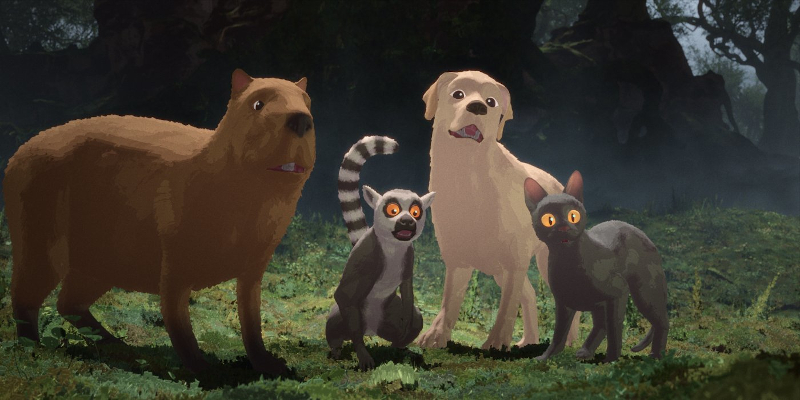
In this sense, it’s a lot like watching imperfect plasticine animation where the superficial thumb and fingerprints on the material’s surface help to remind you that the movement isn’t real, but is rather a complete illusion. The believable fur surface of the cat and the dogs could be real, or could be the product of a painter’s brushstrokes; yet although we know it to be an artefact, we somehow, remarkably, believe it to be real while marvelling at the creative ingenuity. As with Away – possibly more so given that Zilbalodis has had a creative team animate this rather than doing all that work himself – the characters and music engage with and envelop you, so that you’re completely caught up in everything that’s going on.
Is it suitable for kids? Yes, I should absolutely think so. And, at the same time, equally suitable for grown adults.
Flow is out now on 4K UHD, Blu-ray and DVD following its release in UK cinemas on Friday, March 21st, 2025.
Trailer (Latvian):
Clip:
